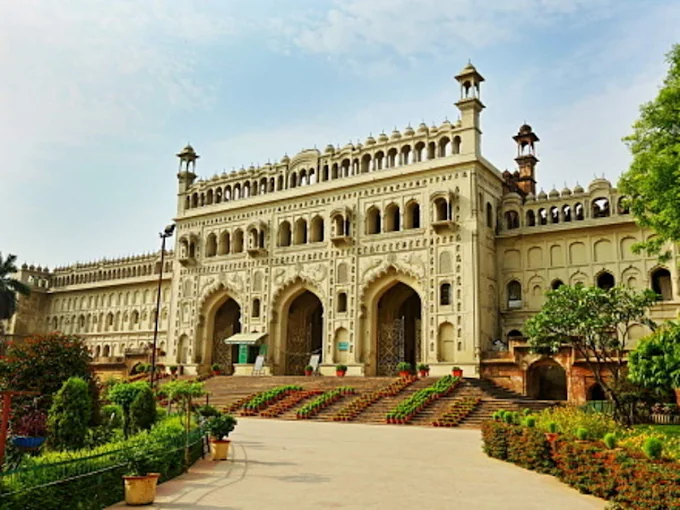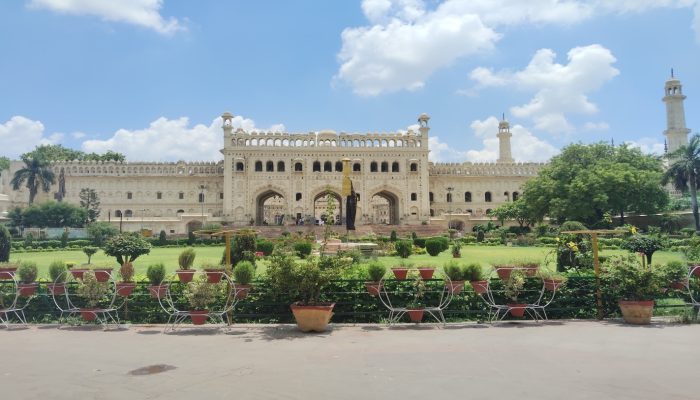
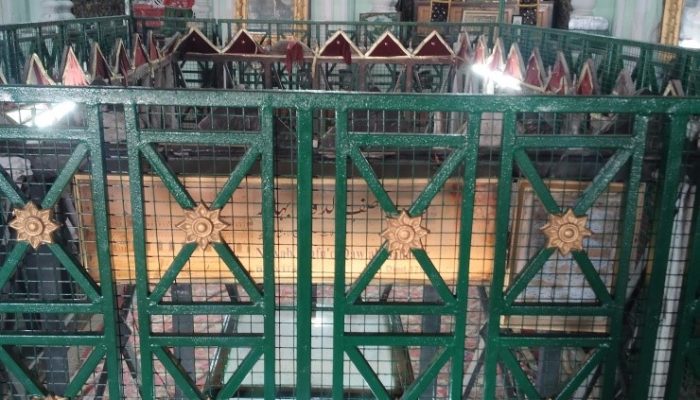
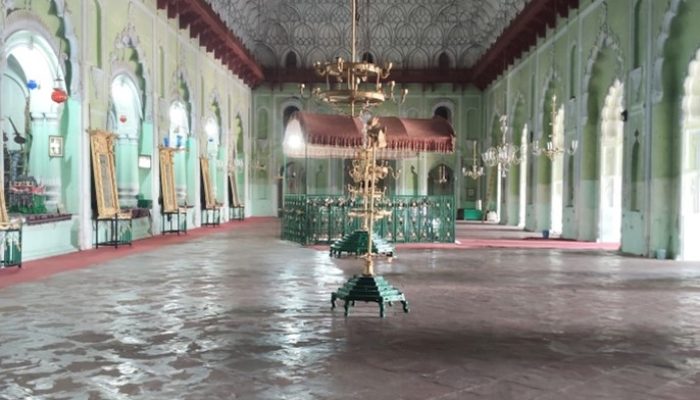
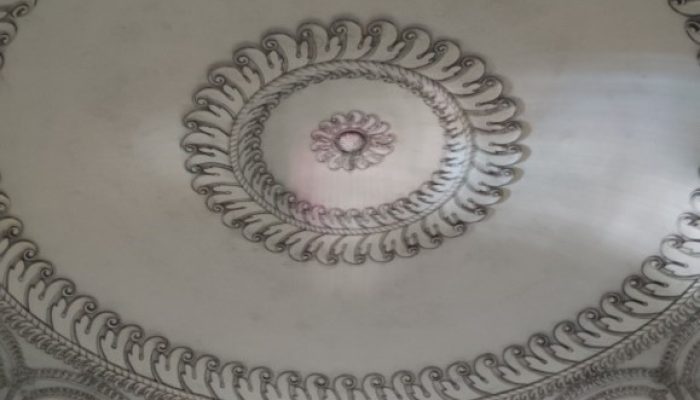
Bada Imambara, Lucknow
Bada Imambara, also known as Bara Imambara, is one of the most famous and important historical monuments in Lucknow, the capital city of Uttar Pradesh, India. It is a grand structure that reflects the rich cultural and architectural heritage of the Mughal era. Built in the 18th century, it continues to attract tourists, historians, and architecture lovers from all over the world.
History
Bada Imambara was built by Nawab Asaf-ud-Daula, the fourth Nawab of Awadh, in 1784. The purpose of building this monument was twofold. Firstly, it was built as a place of worship for Shia Muslims, where they could gather during religious ceremonies, especially Muharram, to mourn the martyrdom of Imam Hussain, the grandson of Prophet Muhammad. Secondly, it was built as a relief project during a terrible famine that hit the region in 1784. The famine caused widespread suffering, and to help people find work and survive, the Nawab started this construction project. It is said that during the day, thousands of workers built the monument, and at night, others dismantled some parts, so the work could continue for a longer time. This way, people could earn money and feed their families. This act of kindness and leadership made Nawab Asaf-ud-Daula a beloved figure in Lucknow's history.
Architecture
The Bada Imambara is a stunning example of Mughal architecture, with some touches of Persian and Rajput styles. One of the most impressive facts about this monument is that it was built without using any iron or beams. The main hall of the Imambara is about 50 meters long and 15 meters high, and it is said to be one of the largest arched constructions without support beams in the world.
The entire complex includes several structures:
The Asfi Mosque
The Bhul Bhulaiya (a labyrinth)
The Baoli (a stepwell)
The main hall houses the tomb of Nawab Asaf-ud-Daula and is surrounded by corridors, arches, and high ceilings. The ceilings are made in such a clever way that even today, architects and engineers admire the precision and skill used in the design. The entire structure is made of Lakhauri bricks and a special lime plaster mixture that keeps it strong and cool even in hot summers. The Imambara was architected and designed by a Delhi based engineer Kifaytuiiah, whose body is resting in peace in main hall.
Bhul Bhulaiya – The Labyrinth
One of the most interesting parts of Bada Imambara is the Bhul Bhulaiya, or labyrinth. It is a complex network of over 1,000 narrow passageways, staircases, and doors that confuse visitors. It was designed to mislead intruders and enemies, making it difficult for them to find their way out. Some of the passages lead to hidden balconies and rooftop views. It is said that only trained guides or those familiar with the structure can safely navigate through it.
The Baoli – Stepwell
Another fascinating part of the complex is the Baoli, or stepwell. It is a water reservoir connected to the Gomti River and was used to store water during dry seasons. The Baoli is also believed to have hidden passages and secret rooms. Its construction allows one to see people standing at the main gate even from a lower level, due to the clever use of reflection in water.
Cultural and Religious Importance
The Bada Imambara is not just a historical site; it is also a place of great religious importance for Shia Muslims. Every year during the Islamic month of Muharram, thousands of people gather here to attend majlis (religious meetings), mourn the martyrdom of Imam Hussain, and perform rituals. It remains an active religious center to this day.
Tourism and Preservation
Today, the Bada Imambara is one of the top tourist attractions in Lucknow. It represents the city’s royal past, its culture, and its architectural brilliance.Tourists from India and abroad visit the monument to admire its beauty and learn about its history.
The Uttar Pradesh government and Archaeological Survey of India (ASI) are responsible for its maintenance and preservation. The area around the Imambara is kept clean, and guided tours are offered to visitors to explain the monument’s significance.
Conclusion
Bada Imambara is a symbol of Lucknow’s glorious past, combining history, architecture, culture, and compassion. From its noble beginnings during a famine to its unique architectural features like the Bhul Bhulaiya and beamless halls, the monument tells many stories. It stands not just as a piece of heritage, but as a reminder of human resilience, faith, and creativity. A visit to Bada Imambara is not only a journey into the past but also an experience of awe and wonder that stays with visitors for a long time.

